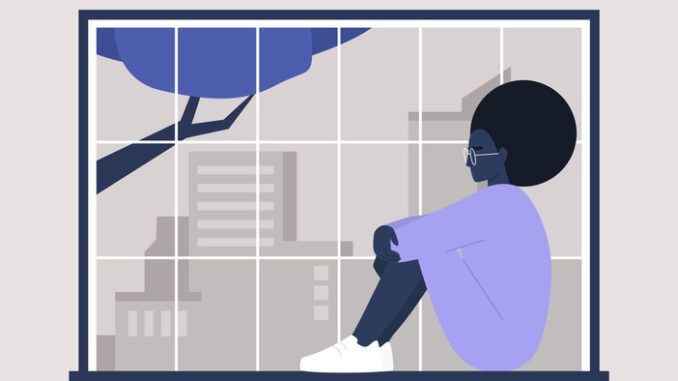
Jonathan Finch, web content editor at First Practice Management, explains why social prescribing is the best tool to combat the increasing loneliness we are seeing in society
I recently wrote an article looking at social prescribing in England today; this initiative, first introduced a decade ago, has met with significant success amongst patients for whom medication is not the full answer to their problems. However, at the same time, its full potential has not yet been realised. There are rising numbers of patients suffering from conditions which often respond best to the sort of activities that social prescribing offers. One such condition has been called a ‘silent epidemic’ – one which makes it hard for people to maintain the hope they need to see better days—loneliness.
Today, we’re better-connected than ever before – better-connected, but lonelier. That might seem like a contradiction in terms until you realise that connecting via technology is very different to how humans connect best – in person, with a handshake or a hug, face-to-face.
There’s another term you may have heard – ‘social isolation’. This is subtly different to loneliness, in that isolation is characterised by a lack of opportunity or social connection, meaning people cannot integrate; this may be desired by the individual, or it may not be. Loneliness, on the other hand, is never desired. The government calls it, ‘a subjective, unwelcome feeling of lack or loss of companionship’.
But there is hope. A government strategy, published in 2018, sets out a number of aims and initiatives to combat loneliness, and puts social prescribing front and centre. In the words of the then-prime minister, Theresa May, “Recognising that medical prescriptions alone cannot address the root causes of loneliness, we will invest in ways of connecting people with community support that can restore social contact in their lives.”
So why is social prescribing the best tool to fight this particular issue? Studies have shown that being better-connected can lead to fewer unplanned admissions to hospital. The majority of people questioned reported improvements in their wellbeing, and benefited from knowing more about the support on offer in their community. However, we need to be sophisticated in how we evaluate an intervention like social prescribing; in the words of the Campaign to End Loneliness, we’ll need ‘a breadth of measures including ethnography as much as health service utilisation data’.
Fulfilling potential
For the full potential of social prescribing to be fulfilled action must be taken in key areas to educate people about social prescribing and its hard-working, but increasingly disillusioned, workforce, and bring multiple organisations together to fight the battle against loneliness as one inter-connected, unbeatable force. For example, those not in touch with statutory services like their GPs will not be reached by social prescribing schemes if they rely solely on individuals presenting at GP practices.
Community outreach schemes can help with identification, or by encouraging self-referral, and some people in the most urgent need have complex and long-standing mental and physical needs which may require hours of work by link workers to get through to them and really help them.
In their 2019 report, The British Red Cross highlighted these ten action areas:
National policymakers:
1. Build understanding of loneliness among link workers.
2. Ensure referrers are supported to identify, and respond, to loneliness.
3. Evaluate impact on loneliness.
4. Take ownership of the biggest risk to social prescribing – the impact on the voluntary, community and social enterprise (VCSE) sector.
Primary care networks, clinical commissioning groups and GP practices:
5. Start by understanding what’s out there.
6. Support referrers to reach and recognise lonely people.
7. Employ link workers who have the time, skills and knowledge to address loneliness.
8. Support the creation and maintenance of a comprehensive range of community services and assets.
Voluntary and community sector organisations:
9. Understand what’s been promised.
10.Work with local NHS partners.
For anyone thinking that loneliness is not serious, or that it can be alleviated by ‘pulling yourself together’ or simply talking to someone, the evidence proves otherwise. The effect of loneliness on physical health is startling; studies call it ‘as bad for your health as smoking’, and ‘worse than obesity’. Some studies even report that it can increase the risk of death by as much as 26%. In a sign of how seriously the government now takes the issue, there is now a minister for loneliness.
According to the Campaign To End Loneliness 45% of adults feel occasionally, sometimes or often lonely in England – that’s 25m people – and that their disconnected communities could be costing the UK economy £32bn every year.
Social prescribing is a tool which brings real benefits, but only if the system is well-funded, properly staffed, and understood by all who use it and work within it. Some problems require solutions which are more social than medical, not just because they are more effective at helping people, but because they can also make real headway in relieving the unsustainable pressure on medical services.

Be the first to comment